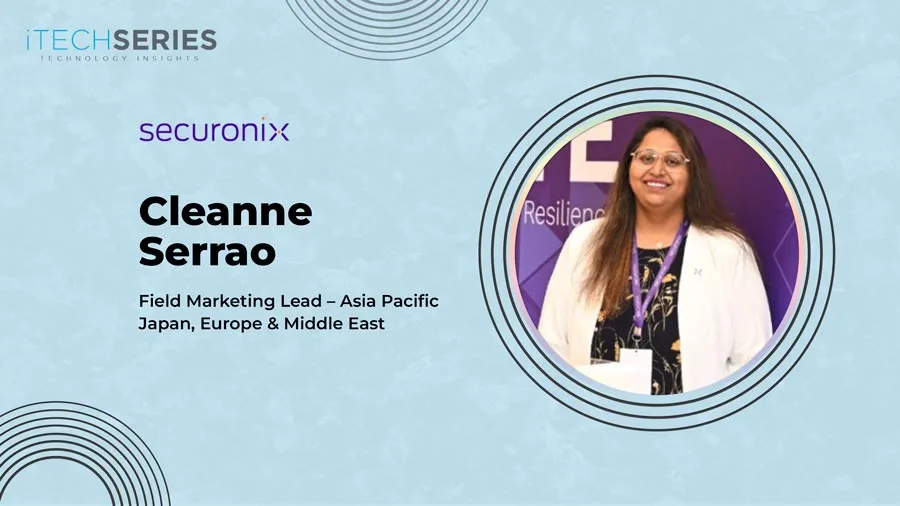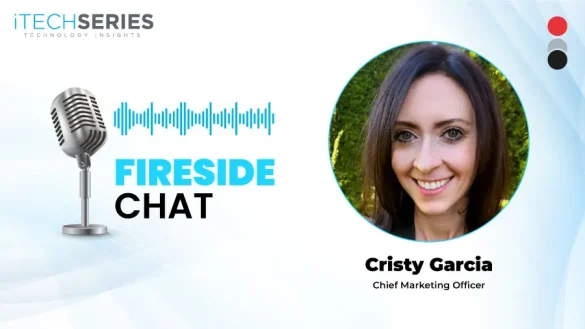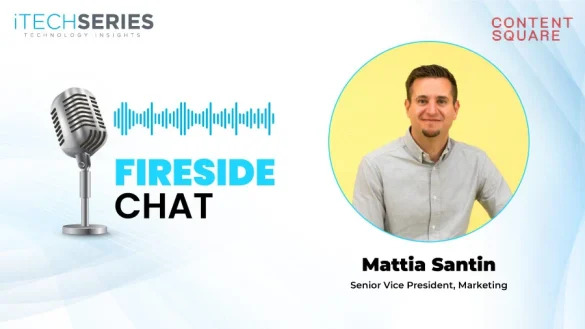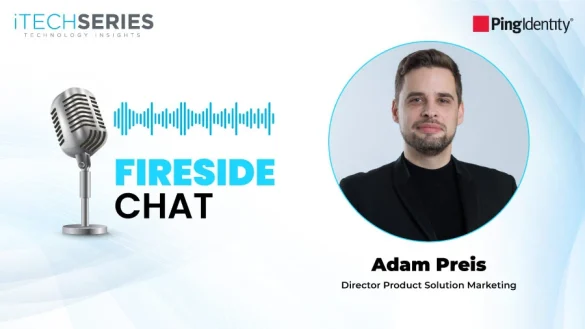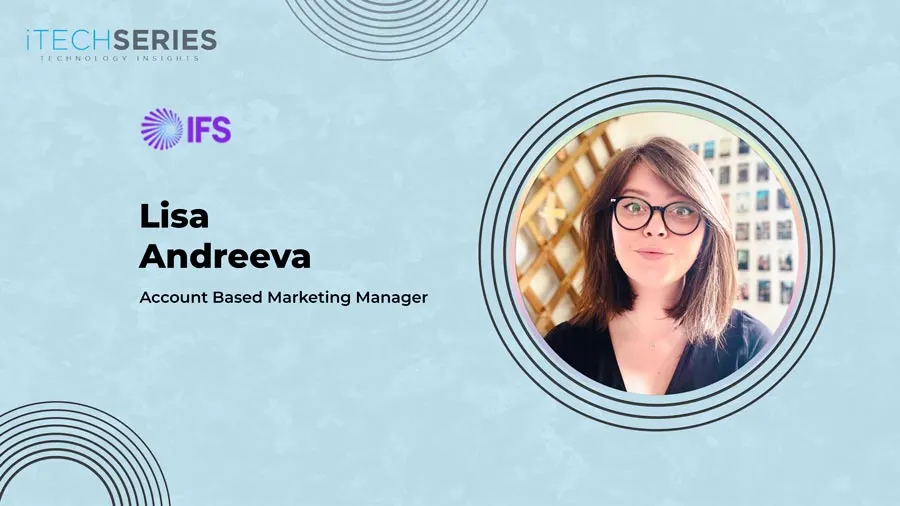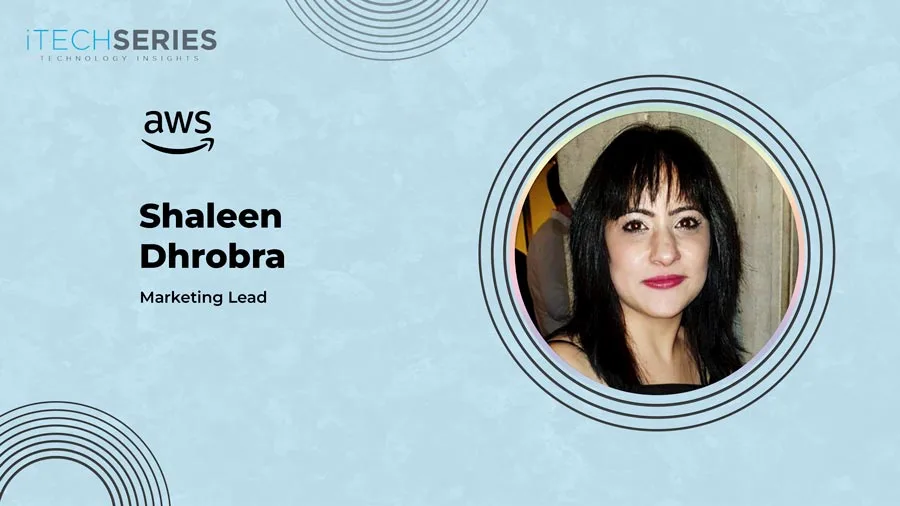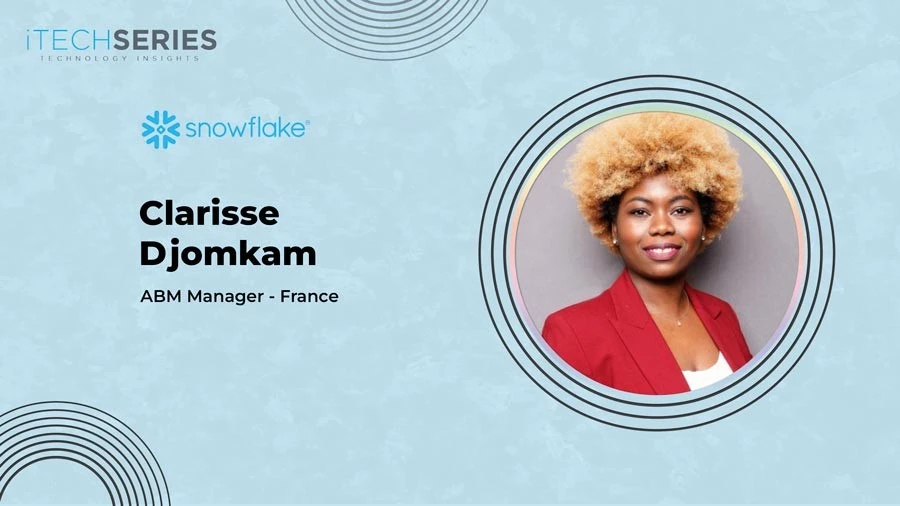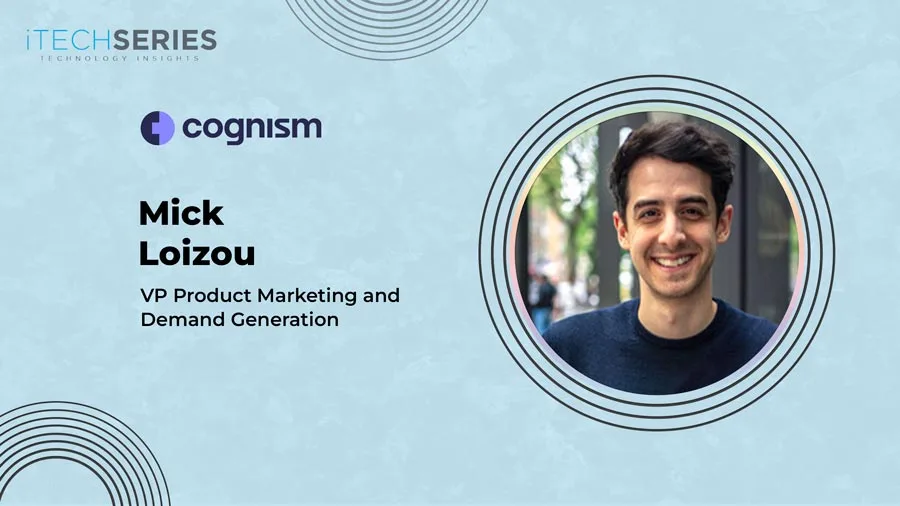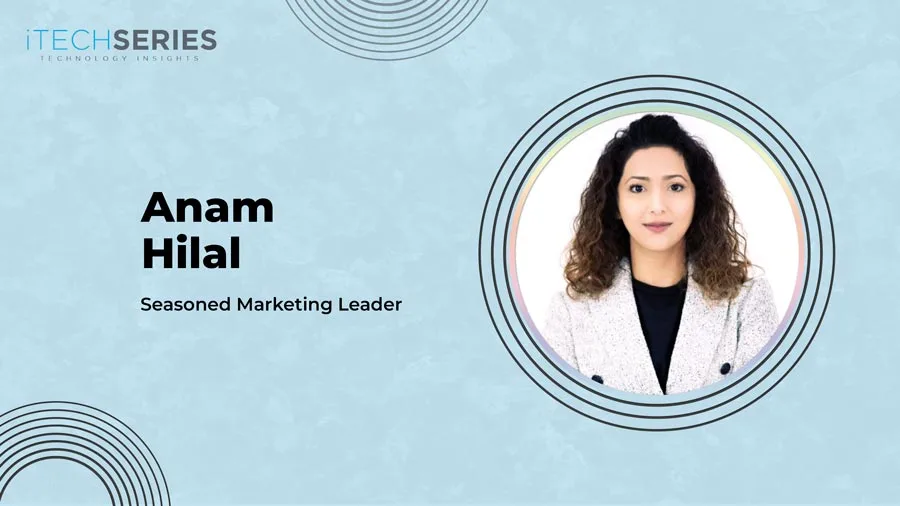Cleanne Serrao, Field Marketing Lead for APMEA & Europe at Securonix, brings 14 years of expertise across digital, account, and field marketing. She shares insights on the evolution of field marketing, aligning with sales for revenue growth, leveraging AI for data-driven decision-making, and executing localized campaigns that drive engagement, pipeline growth, and impactful, customer-centric programs.
Cleanne, it’s a pleasure to have you on this interview series. Could you tell us more about yourself and your marketing journey?
Thank you so much for having me! My marketing journey spans over 14 years, beginning with a strong foundation in digital marketing and client account management, and gradually evolving to field marketing. Over the years, I’ve collaborated with some of the world’s leading IT giants while working for a media agency across diverse regions. This experience has given me a profound understanding of the intricacies of global marketing strategies and the importance of tailoring approaches to different markets.
In my current role as Field Marketing Lead for APMEA & Europe at Securonix, I focus on aligning marketing and sales efforts to drive measurable revenue growth. This position allows me to leverage my global experience and passion for data-driven strategies to create impactful campaigns tailored to diverse markets. My journey has been shaped by a commitment to understanding customer needs, leveraging insights to inform decision-making, and fostering cross-functional collaboration to achieve meaningful results. I’m deeply passionate about bridging the gap between marketing and sales to deliver outcomes that not only meet but exceed business objectives.
How has the role of field marketing evolved within an integrated revenue organization?
Field marketing has transformed significantly in recent years. It’s no longer just about organizing events or generating leads—it’s about being a strategic partner to sales and revenue teams. In an integrated revenue organization, field marketing plays a critical role in aligning marketing efforts with sales goals, ensuring a seamless customer journey. We’re now more focused on account-based marketing (ABM), personalized engagement, and measuring our impact on pipeline growth and revenue. The evolution of technology and data analytics has also empowered us to be more targeted and efficient in our campaigns.
“Field marketing is no longer just about organizing events or generating leads; it’s about becoming a strategic partner to sales and revenue teams.”
What are the key factors to consider when prioritizing different field marketing programs?
When prioritizing field marketing programs, several key factors come into play. First, alignment with business goals is crucial programs should directly support sales objectives, pipeline growth, and brand awareness. Target audience relevance is another major factor; initiatives should be tailored to high-value accounts, key decision-makers, and regional priorities. Budget and resource availability must also be considered to ensure the feasibility of execution. Additionally, past performance and ROI of similar campaigns can guide decision-making, helping to focus on initiatives with the highest impact. Lastly, timing and market conditions play a role—understanding industry trends, competitive landscape, and regional demand helps select the right programs at the right time for maximum effectiveness.
How do you account for regional considerations when planning and executing marketing campaigns across APMEA?
APMEA and Europe are incredibly diverse regions, each characterized by unique cultural, economic, and market dynamics. To achieve success in these areas, I prioritize a tailored approach that balances global strategy with local execution. This begins with localization, ensuring that messaging, content, and campaigns are adapted to resonate deeply with local audiences. Equally important is fostering strong partnerships with regional teams and local collaborators, which helps maintain relevance and authenticity in every initiative. Additionally, I emphasize the significance of timing, aligning campaigns with regional events, holidays, and buying cycles to maximize impact. Lastly, I ensure strict adherence to compliance, navigating local regulations and data privacy laws to build trust and avoid legal pitfalls. By integrating these elements, we can create cohesive, culturally relevant campaigns that drive meaningful engagement and results across these dynamic regions.
Could you tell us about your toughest marketing campaign experience?
One of the most challenging campaigns involved launching a new product in a fiercely competitive market where brand awareness was minimal at my previous workplace. Initial engagement was disappointingly low, requiring a swift and strategic pivot to regain momentum. We focused on implementing highly targeted account-based marketing (ABM) strategies, amplifying the campaign with authentic customer testimonials, and working hand-in-hand with the sales team to refine and optimize messaging. This experience became a powerful lesson in resilience, adaptability, and the critical role of cross-functional collaboration.
What key metrics do you track to measure success, and how do you refine your approach based on data insights?
I focus on metrics that tie directly to revenue impact, such as pipeline influence, which measures how campaigns contribute to sales opportunities and deal acceleration, and conversion rates, which track movement from leads to opportunities and closed deals to assess marketing effectiveness. Event ROI is another key metric, evaluating attendance, engagement, and follow-up outcomes, including post-event meetings and pipeline growth. Additionally, I monitor customer engagement through email open rates, click-through rates, content downloads, and social media interactions. By analyzing these metrics, I identify what’s working and where to optimize. For example, if a campaign has high engagement but low conversion, I might refine the follow-up process, adjust targeting, or enhance personalization to better align with audience needs.
How do you leverage AI-enabled tools to drive your field marketing efforts?
Predictive analytics helps identify high-potential accounts and personalize outreach, ensuring that marketing efforts align with sales priorities. AI-powered content optimization tailors messaging based on audience preferences and behaviors, increasing engagement and relevance. Automation streamlines repetitive tasks such as email campaigns, event follow-ups, and lead nurturing, freeing up time for more strategic initiatives. By leveraging these AI-enabled tools, I can enhance campaign effectiveness, accelerate pipeline growth, and drive higher ROI while continuously optimizing strategies based on data-driven insights.
Where can marketers use feedback and insights from customer interactions to optimize their marketing programs?
Customer feedback is invaluable at every stage of the marketing funnel, shaping more effective and customer-centric strategies. In the awareness stage, feedback helps refine messaging and campaign strategies to better resonate with the target audience. During the consideration stage, insights reveal customer pain points, allowing for improved personalization and more relevant engagement. In the decision stage, testimonials and case studies build trust and reinforce value. Post-sale feedback is just as crucial, identifying upsell opportunities and enhancing customer retention. By actively listening to customers, we can continuously refine our approach, drive stronger engagement, and deliver more impactful marketing programs.
What is your most important piece of advice for fellow marketers regarding success and setbacks?
My advice is to embrace both success and setbacks as part of the journey. Success teaches us what works, but setbacks often provide the most valuable lessons for growth and improvement. Stay curious, be willing to adapt, and never stop learning from every experience. Build strong relationships with your sales and customer teams—collaboration is key to driving lasting impact and sustainable success. And finally, always keep the customer at the center of everything you do. When you focus on delivering value and meaningful engagement, success will follow.
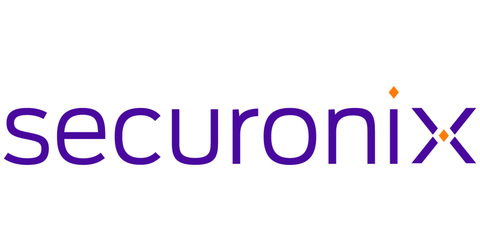
Securonix is a leading cybersecurity company specializing in AI-driven threat detection and response. Its Unified Defense SIEM, built on a scalable cloud-native architecture, helps organizations stay ahead of evolving cyber threats. For the fifth year in a row, Securonix has been recognized as a Leader in Gartner’s Magic Quadrant for SIEM and also named a Customers’ Choice in Gartner’s Voice of the Customer report. Securonix serves over 1,000 customers globally, including Fortune 100 companies. The company leverages advanced AI and a strong partner network to deliver cutting-edge security solutions for modern enterprises.
Cleanne is a results-driven marketing professional with 14 years of experience in digital, client account management, and field marketing. She has worked across diverse regions, gaining deep expertise in global marketing strategies. As the Field Marketing Lead for APMEA & Europe at Securonix, she focuses on aligning marketing with sales to drive revenue growth. Passionate about data-driven insights and collaboration, she excels in executing impactful campaigns that enhance engagement, pipeline growth, and customer-centric programs.

